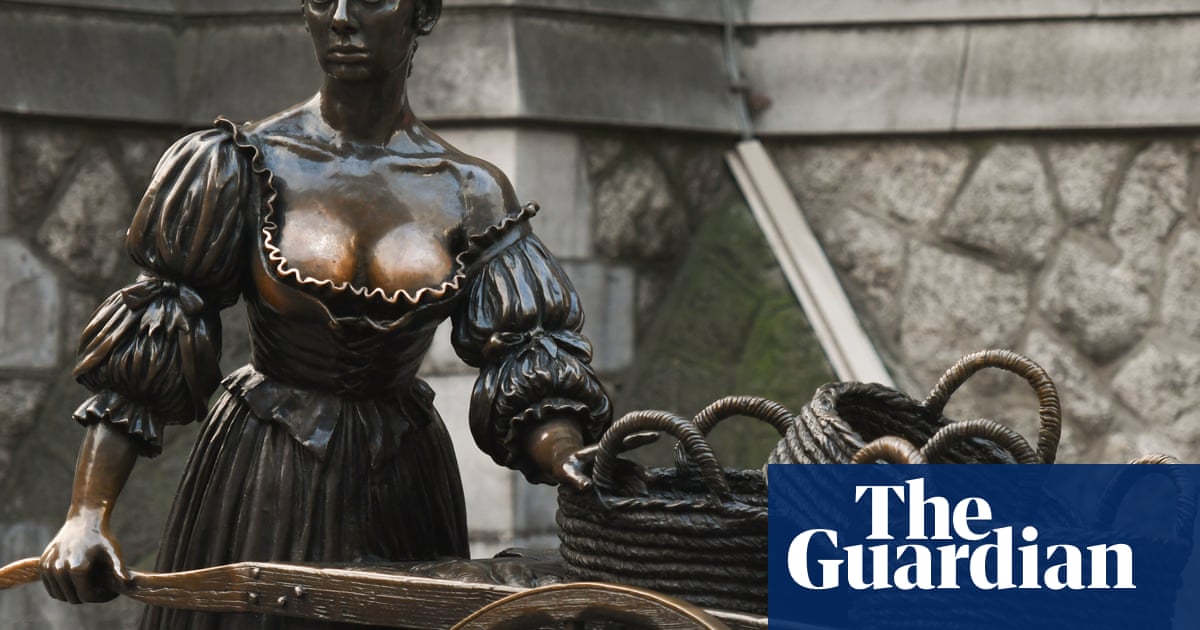A new type of “extreme” mould is sweeping through Denmark’s museums, threatening some of the nation’s most important paintings and cultural objects, conservators have warned.
Described as an “epidemic for Golden Age paintings”, the highly resistant mould covers objects in a white coating and has been detected in 12 of the country’s museums, including the National Museum of Denmark and Skagens Museum.
Known as aspergillus section restricti, it belongs to a group of fungi that can survive in extreme environments such as the deep ocean or near volcanoes.
“It’s quite a large problem because these fungi they deteriorate museum artefacts, materials, they decimate enzymes and assets, deteriorating museum objects, so it will damage them,” said Camilla Jul Bastholm, who is the head of conservation and collection storage at the National Museum of Denmark.

Preliminary studies are now under way at 150 other cultural sites in Denmark to see if the mould is present there too.
Jul Bastholm, who first noticed the substance when she was working at a museum in Roskilde, believes the white transparent mould is a global phenomenon, but usually goes undetected because it is difficult to find. By the time it is visible, she said, it was “too late”.
She added: “I think it is worldwide. If we start looking for it with the right methods we will find it. I don’t think it’s just a Danish thing.”
Unlike most fungi, which prefer a very high humidity, and will come as a result of water damage or humid buildings, this variety prefers dry environments.
Jul Bastholm’s research centred around museums, but she has also seen the mould in churches, archives and libraries. “It seems they [the fungi] prefer cultural heritage. I’ve never seen them anywhere else,” she said.
The mould is feared to be a potential health hazard, which means affected objects may then not be able to be exhibited to the public. “If you have a museum collection that can give health hazards to people then you can’t use it,” she said. “And then the collection will become a dead resource for the museums.”
Skagens Museum, home to the work of members of the Skagen painters, a 19th-century Scandinavian artists’ colony, also reported finding the mould, describing it to broadcaster DR as a “whitish coating, a kind of bloom”.
The Danish Museums Association said they were waiting for the results of further research at the end of the year to decide on how to tackle the problem.
The National Museum is in the process of moving 116,000 shelf metres of cultural objects into a new staffed warehouse near Copenhagen which they hope will help fight the mould problem. But it is not known exactly what the humidity needs to be for it to stop growing.

 4 hours ago
3
4 hours ago
3













































